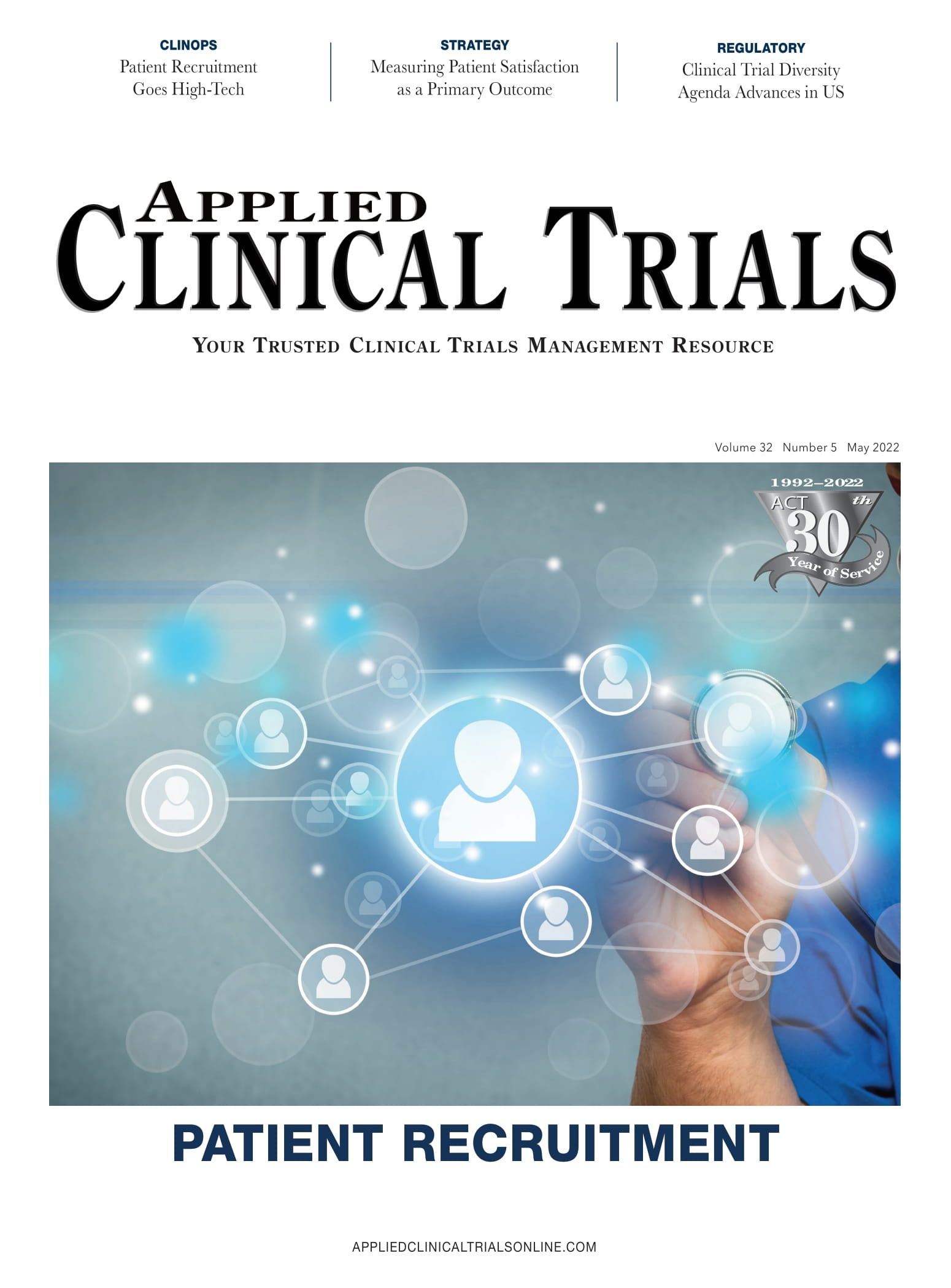The Power of Collaboration: Introducing the eCOA Consortium
Consortium looks to advance endpoint assessment through the development of eCOA best practices.
The Critical Path Institute’s (C-Path’s) Electronic Clinical Outcome Assessment (eCOA) Consortium was created in 2011 as the Electronic Patient-Reported Outcome (ePRO) Consortium, the change of name occurring in early 2022 to reflect the expanded scope of expertise of our membership and the Consortium’s interests. Our mission is to advance the science of clinical trial endpoint assessment through collaborative research, education, and development of best practices for eCOA data collection to the benefit of all stakeholders, including trial sites and participants.
The Consortium has a strong history of analyzing what is necessary to ensure effective eCOA system implementation. Our membership is formed from a range of organizations—from global contract research organizations (CROs) to smaller-scale mobile health technology firms—but we maintain equity in voice with all members empowered to help improve the experience for all who use eCOA systems in clinical trials, and to define the future state of eCOA data capture.
The current energy around digital health technologies (DHTs)—bolstered by FDA’s recent draft guidance1—is intriguing, as our membership includes firms that innovated in DHTs. We are exploring the interface between “traditional” ePROs and DHTs and identifying where our membership’s established operational and scientific expertise can help develop consensus-based approaches to DHT adoption.
Consistent with the collaborative mindset, the eCOA Consortium partners closely with the sponsor organizations within C-Path’s Patient-Reported Outcome (PRO) Consortium, specifically those firms with a key interest in eCOA systems. This relationship is pivotal to the eCOA Consortium’s success in developing industry-level recommendations; doing so in isolation would attenuate the utility and effectiveness of our output.
To that end, the two consortia—with input from FDA—initiated a collaborative effort in 2019 called the eCOA: Getting Better Together Initiative. This initiative covers a range of critical eCOA-related topics from developing a common eCOA Lexicon2, through to exploring the opportunities for bring-your-own-device (BYOD) implementation, a project that has produced a recent podcast. We will soon begin a detailed analysis of the challenges around eCOA translations and licensing, a persistent pain point in clinical trial execution, alongside a project to give direction on the practical considerations for the implementation of wearable technologies in clinical trials, which will leverage the deep experience of our members in clinical technology implementation.
The mutual sharing and collective analysis of our members’ real-world experiences and their established processes in a neutral arena is central to gaining consensus and alignment. Developing common methods and standardized processes benefit all stakeholders, and allow the viability, integrity, and robustness of systems to be what defines a trusted eCOA and DHT provider. Alongside the PRO Consortium, we are exploring a potential project under FDA’s ISTAND Pilot Program3 to assess standardized methodologies for the use of mobile devices for remote image capture in specific clinical applications. This is an example of where a pre-competitive alliance in the context of developing consensus-driven standards for COA use—in this case clinician-reported outcome assessments—is not just preferable, it is arguably necessary.
The value of pre-competitive alliances is indisputable, especially where we can help advance medical product development, but a culture of standardization along with operational and scientific rigor must prevail. We look to the successes of CDISC, which was borne of a need to support regulatory submissions and enable informed decision-making, and yet in the context of eCOA systems we have a long way to go. In 2021, we administered surveys to trial sponsors and eCOA providers that clearly illustrated that CDISC-based standards are not yet dominantly central to eCOA data requirements; this is exactly what we must work to address.
This regular column, on behalf of the eCOA Consortium, will explore some of the challenges to and opportunities for eCOA and DHT systems and what our members collectively agree is the best path forward. We will share more detail on BYOD, eCOA systems, the Conformité Européene (CE) mark, the general value of back-up systems in eCOA, and much more.
References
